Following the launch of Women’s Sport Trust’s (WST) latest report, The Consumer View: Perceptions and Impact of Women’s Sport Sponsorship, WST hosted an online insight session to delve deeper into the findings. Building on an in-person event attended by 100 senior brand managers and marketers, the session explored how brands are driving measurable business value through authentic, consumer-led partnerships.
Over a fast-paced 30 minutes, WST was joined by Tom Allwood (Managing Director, MATTA), Connor Gould (Brand Manager, Cadbury Dairy Milk), and Russell James (Independent Consultant and WST Trustee) to unpack the data, debate its implications, and assess the current state of the women’s sport sponsorship landscape.
Proof That Purpose Pays Off
After hearing about the research from WST CEO Tammy Parlour, Tom explained how the Clinique GameFace campaign in women’s rugby began as a purpose-led grassroots initiative and evolved into a multi-level sponsorship strategy, including an official partnership with Premiership Women’s Rugby. The success of that partnership, which has included support for grassroots teams by providing equipment and money to help travel to away games, plus an authentic ambassador collaboration with Holly Aitchison, closely mirrored the findings in WST’s research. Among those aware of the sponsorship, Clinique delivered one of the highest brand consideration rates (42%) across all partnerships, outperforming many legacy sport sponsors.
“The emotional connection through the affinity results [70%] just proved that if you enter with a purpose-led starting point and a really good brand fit, you see the results,” Tom said. “And even from year one, the commercials were very good. The conversion numbers through to purchase have always been strong, which has allowed the brand to continue to invest year on year.”
This data-backed success matters. As Tom put it, “Reports like this go a long way to helping brands take the plunge into sport when they may not have been there before.”
Big and Small Investments Can Both Deliver
Connor Gould, stressed that effective sponsorship doesn’t need to be a multimillion-pound headline deal.
He praised the diversity of ideas shared at WST’s industry event last week: “You can do this at any level. From Guinness creating the first women’s rugby boot, to helping players set up Wikipedia pages, it all adds up. You can still have an amazing impact without a huge spend if you choose the right entry point and build over time.”
This long-term view is a key theme in WST’s findings. It’s not just about investing in the top level leagues and grassroots, brands that invest in mid-tier or overlooked levels of sport, often benefit from first-mover advantage and deep community loyalty.
Why Brands Can’t Afford to Wait
According to Russell James, the argument for brand investment in women’s sport has moved far beyond idealism.
“If you’re a brand and you’re not in women’s sport, you should be getting on it pretty quickly,” Russell said. “Diageo, Unilever, Cadbury, Estée Lauder – these are marketing powerhouses. They’re investing not just because they’re good corporate citizens, but because it’s driving results.”
For brands aiming to reach 18-34 year olds (Gen Z and younger millennials), a group increasingly difficult to connect with through traditional channels, women’s sport offers both reach and relevance. As Russell pointed out: “It may not yet deliver the biggest share of voice, but it can definitely deliver share of passion points, and that’s how you drive those brand outcomes.”
A Call for Rights Holders to Rethink the Pitch
Russell also issued a challenge to rights holders to “stop selling awareness and start selling brand impact.” That means moving away from generic media packages and instead co-creating with athletes, digital teams, and brands to build campaigns that have cultural resonance.
Digital, in particular, is key: “The heartland for activation in women’s sport right now is digital channels,” he said. “If you can bring the right content and the right voices together around a theme that matters, not just to the sport, but to brands, there’s a real digital opportunity. That’s how you win the hearts and minds of the marketing director. That’s how you secure the investment.”
Co-Creation, Not Box-Ticking
The days of slotting athletes into pre-baked campaigns are over, said Connor. “When brands partner with athletes, the temptation is to attempt to fit them into existing structures. It can work, but the connection is never as strong. Now, we’re co-creating, letting ambassadors tell their stories and be part of our brand strategy.”
This approach aligns with Cadbury’s broader mission to promote generosity. Its recent campaign featuring Leah Williamson and Jill Scott focuses not on her personal triumphs, but on the people who helped get her there, Leah’s grandmother, a dedicated coach, showing how authentic storytelling creates emotional engagement.
Final Word: Boldness Is Doing Something
When asked what bold moves brands should be making, Tom was clear: “The bold move might just be doing something. Whether that’s local, with a lesser-known sport, or a smaller-scale pilot. Just start, measure it, and learn.”
Ultimately, the brands that are winning in the women’s sport sponsorship space aren’t just chasing the high-visibility sports properties. They’re investing in relevance, values and long-term connections.
There’s a clear opportunity here for brands willing to think differently and act decisively. This isn’t just about short-term campaigns. It’s about shaping the future of women’s sport and building long-term trust with consumers in the process.
Watch the webinar and download the report here.
